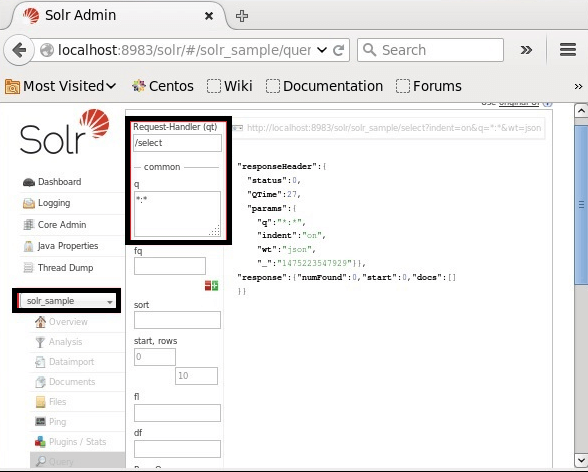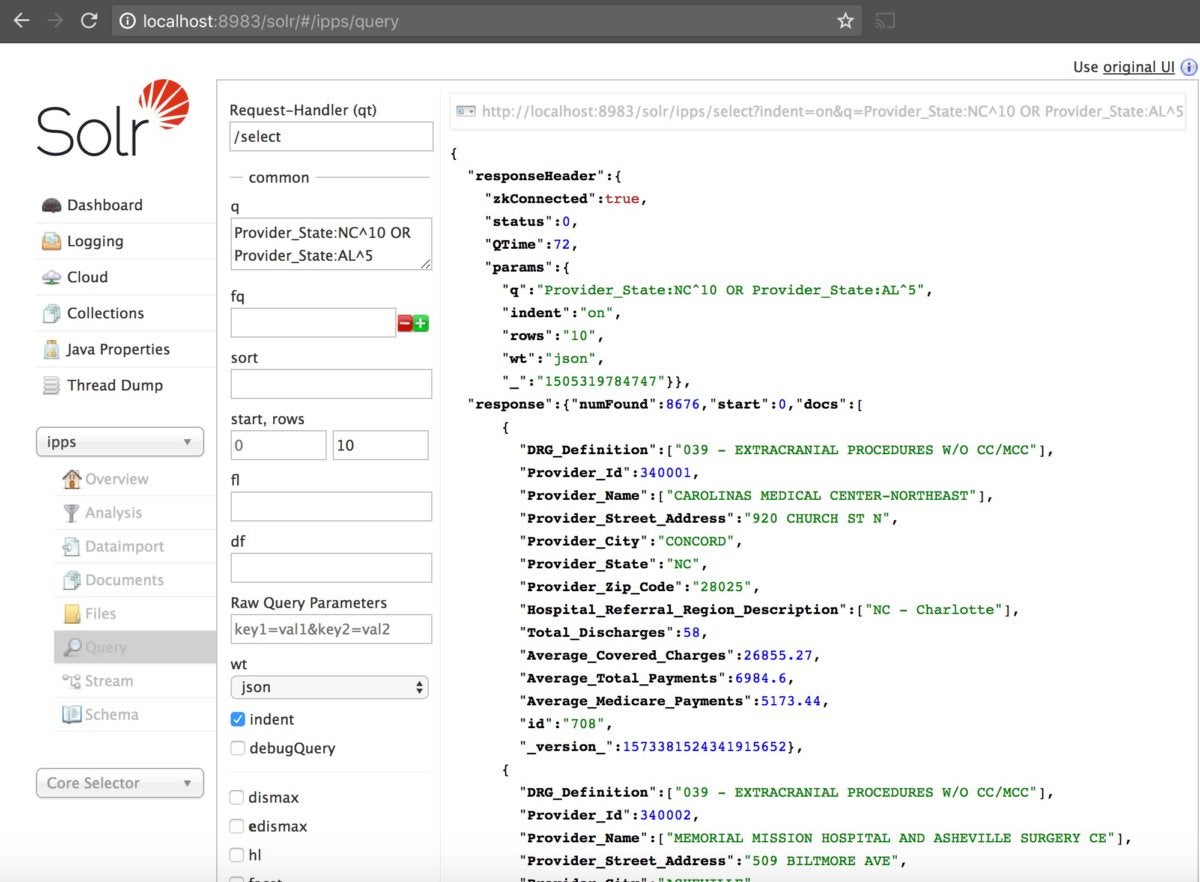
Clustering is a technology which enables Elasticsearch to scale up to hundreds of nodes that together are able to store many terabytes of data and respond coherently to large numbers of requests at the same time. If the primary shard fails, the replica shard takes over as the primary.Īn Elasticsearch cluster consists of a number of servers ( nodes) working together as one. A replica shard serves as a back-up strategy. Each primary shard has a Replica shard that stores a copy of the content in the primary shard. Multiple smaller shards can be found in an index.

A shard is a collection of documents that is basically a smaller subset of an index. Because any number of documents can be linked to a single index, the index is further broken down into a list of shards. The JSON docs that correspond to that indexed-field, as well as the inverted index mapping, are saved in an index. Ĭustomer-Id Index would have inverted index like following :

Here we decided to create two index, one for customer-Id and second for customer-Name, ES would perform tokenisation on each documents and arranged them in key-document order.Ĭustomer-Name Index would have inverted index like following: The more indexes there are, the more resources they demand, so we should choose number of indexes based on the usecase requirements.Īn index is basically a collection of documents. For example, text fields are stored in inverted indices, and numeric and geo fields are stored in BKD trees. By default, Elasticsearch indexes all data in every field and each indexed field has a dedicated, optimized data structure. Let’s say we simply wanted to support searches on the customer’s Name and Ids in our application, which would mean we only needed to establish indexes on these two columns. We could have a zillion of such documents in our datastore. To begin, consider the JSON sample below. Let’s start by deciding on the design of our ES document. Let’s have a look at how this data would be arranged in ES to make searching more efficient. Input => “quick brown fox”, Output => Īssume you have your customer data, such as customerIds, names, and pincodes, and you want to create a search engine that can quickly search this data. WHITESPACE TOKENIZER takes the string and breaks the string based on whitespace. Tokenization: Tokenization is a process of breaking the strings into sections of strings or terms called tokens based on a certain rule.Shards: Lucene instance containing some or all data for an index.Replica shards can improve search performance and resiliency by distributing data across multiple nodes. Replica Shard: Copy of a primary shard.Priority Queue : A priority queue is just a sorted list that holds the top-n matching documents.When you index a document, Elasticsearch adds the document to primary shards before replica shards. Primary Shard: Lucene instance containing some or all data for an index.Lucene : Lucene or Apache Lucene is an open- source Java library used as a search engine.Inverted Index : An inverted index lists every unique word that appears in any document and identifies all of the documents each word occurs in.

Indexing: To add one or more JSON documents to Elasticsearch.Document: JSON object containing data stored in Elasticsearch.Cluster: A group of one or more connected Elasticsearch nodes.How is data organized in Elasticsearch(ES)? Glossary


 0 kommentar(er)
0 kommentar(er)
